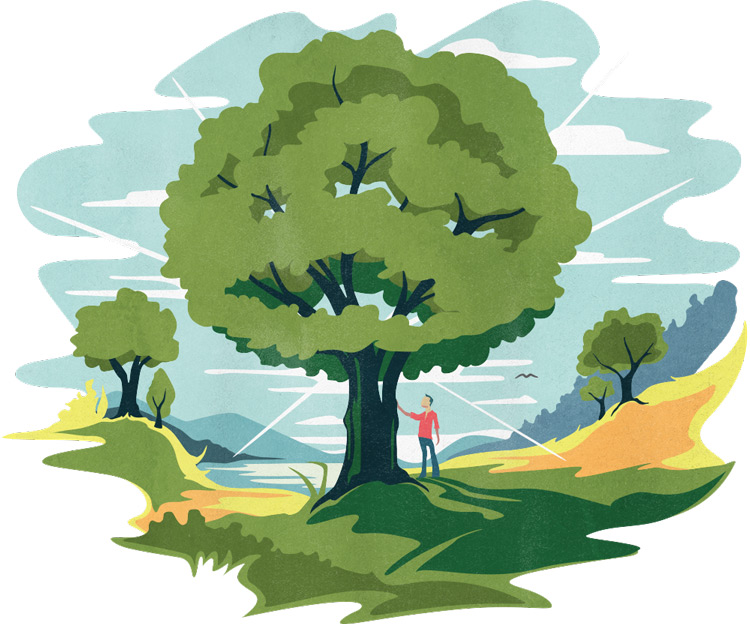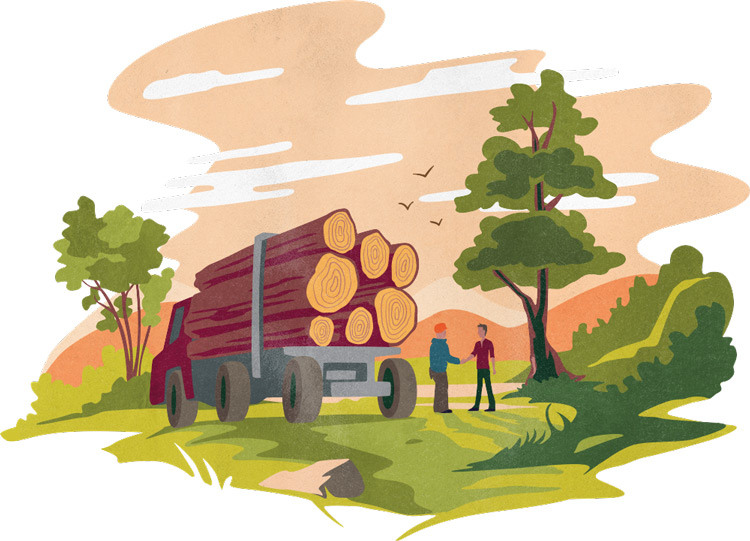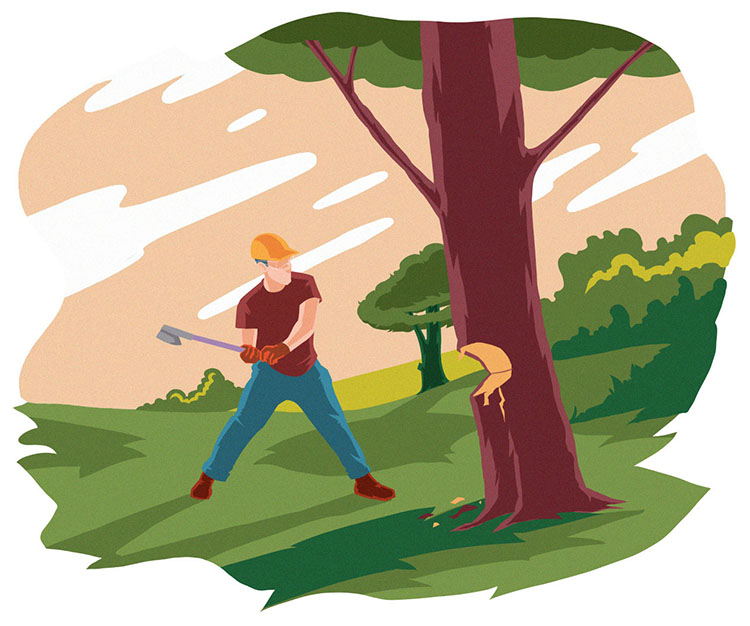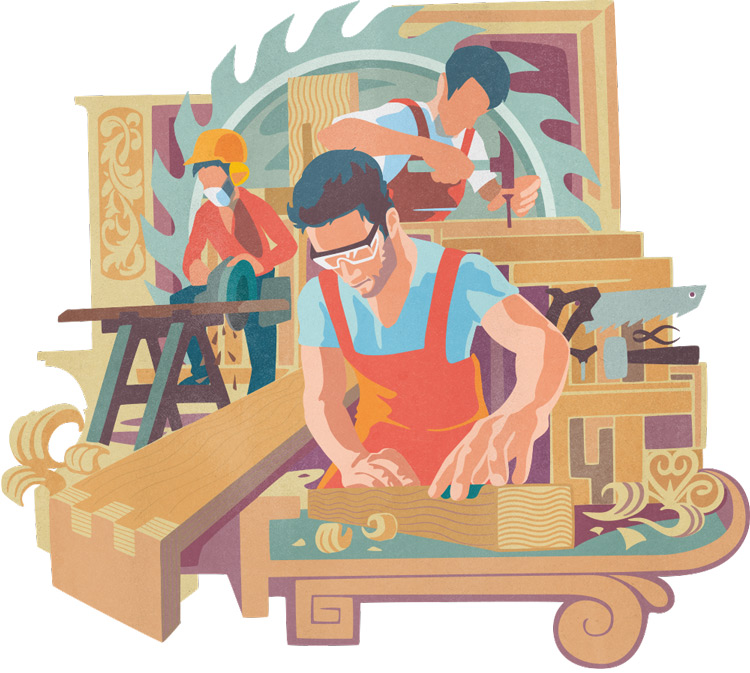We in the UK call it burr, our American cousins call it burl. As we are British lets go with burr.
Burr wood can lead to some stunning grain patterns as you can see from a polished sample of some European Walnut.

Such grain patterns are highly sought after for a range of products from tables to knife handles, and gunstocks to dashboards on Bentley cars!
So what is a burr? A burr is a rounded growth caused by the grain growing around a foreign object, a localised virus or fungus infection. This leads to the formation of many small knots formed from dormant buds. They are easy to spot (see below) and are extremely common in our city trees. They can grow at the base of the trunk (sometimes below ground), or on the trunk or branches. The burr shown below is from a tree on a well known common in London.
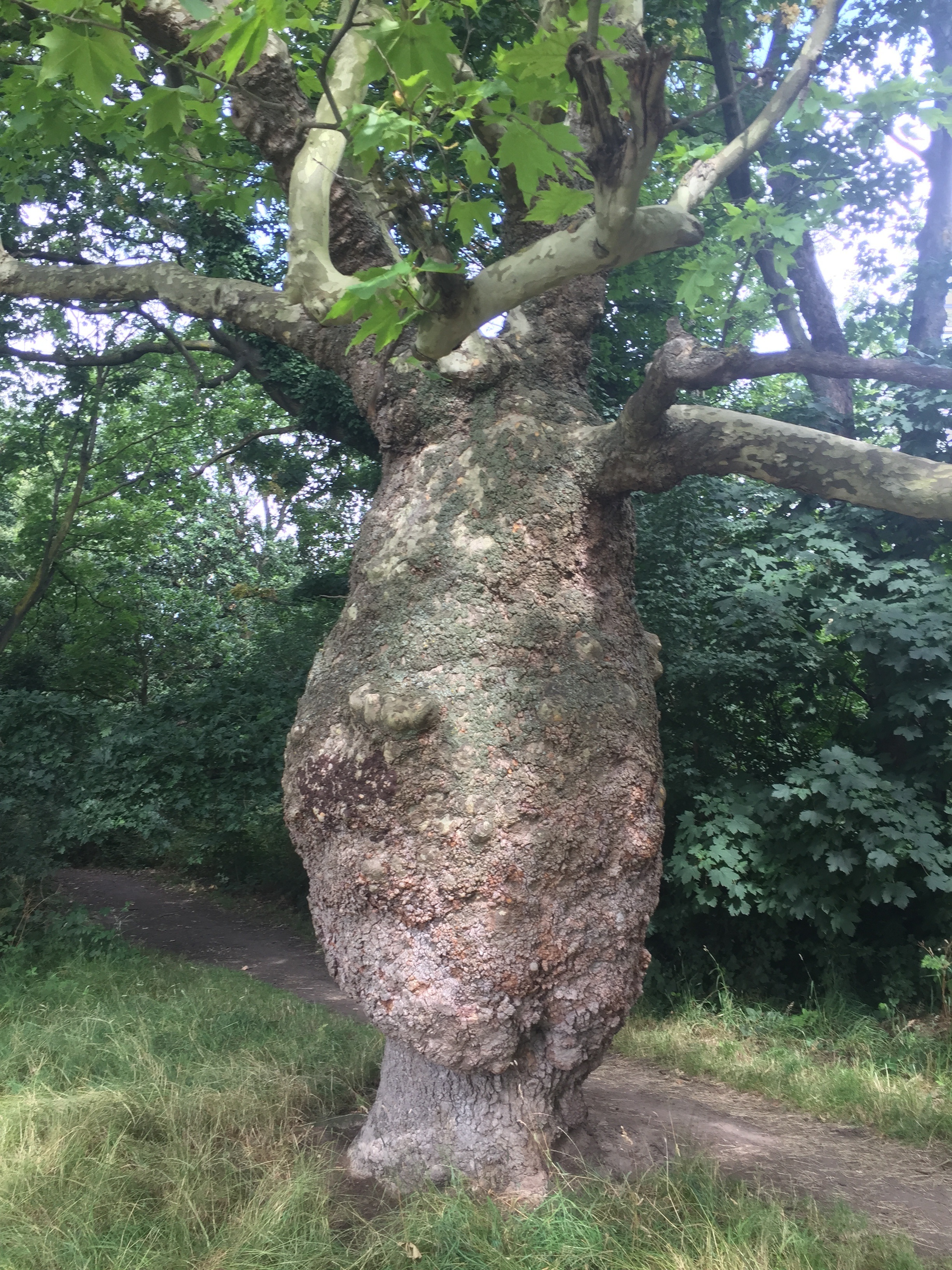
So what’s it worth? Well, a 50mm thick slab of burred English Elm about 2 meters long and 0.7 meters wide will cost in excess of a £150. Walnut slabs may go for thousands of pounds.
In America, the value of burls has prompted TV shows, businesses that do nothing but search for burl wood and will come and knock at your door if they see you have a suitable tree and even criminal gangs!
So if you have a burr tree and it needs felling, follow some simple steps to release the value:
- Establish your tree species.
- Measure the burr.
- Talk to a tree surgeon about getting a sawmill operator who has experience of burrs and agree a saw profile that maximizes the release of the grain pattern.
Posted by
Daniel Jayson

